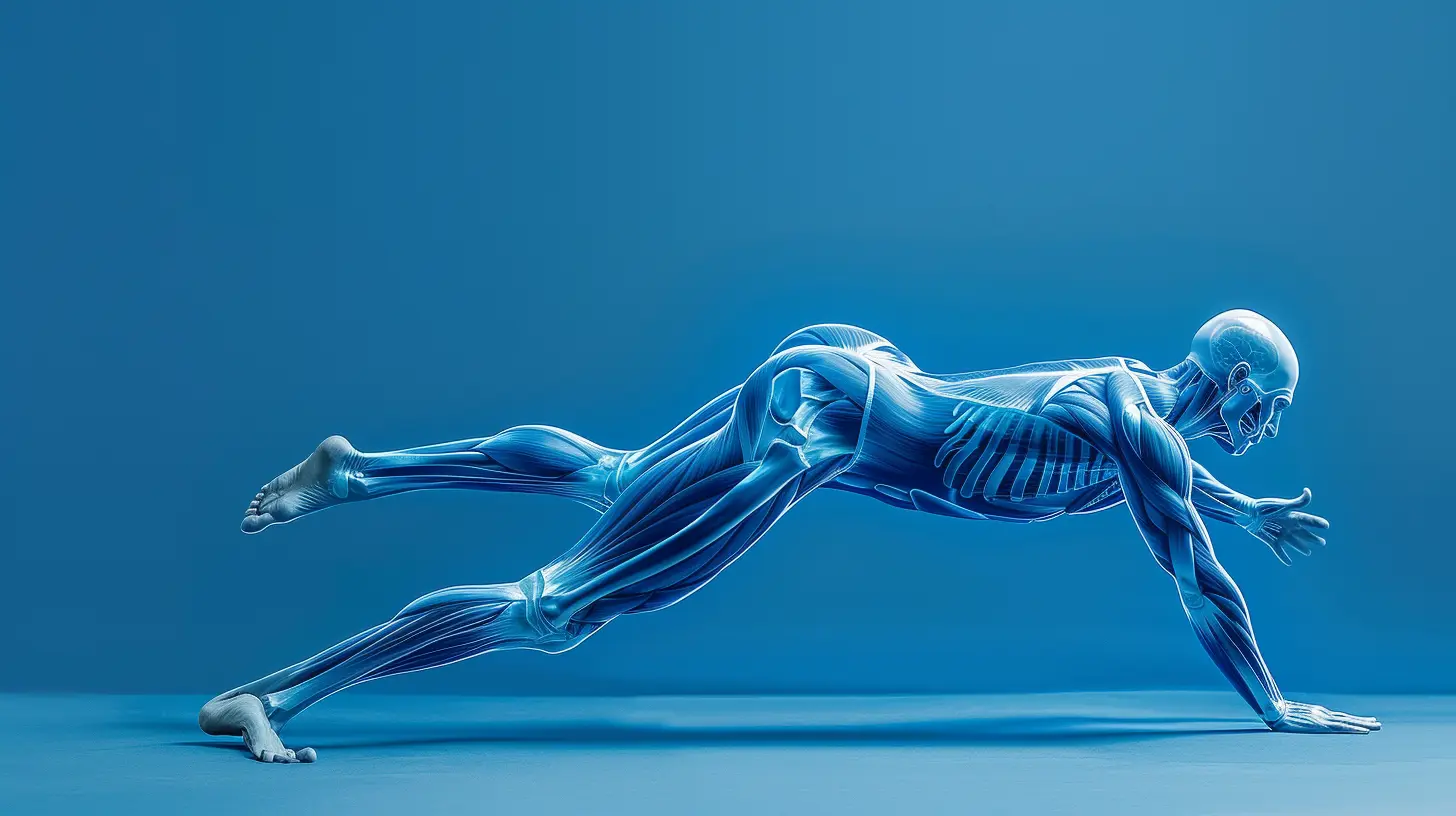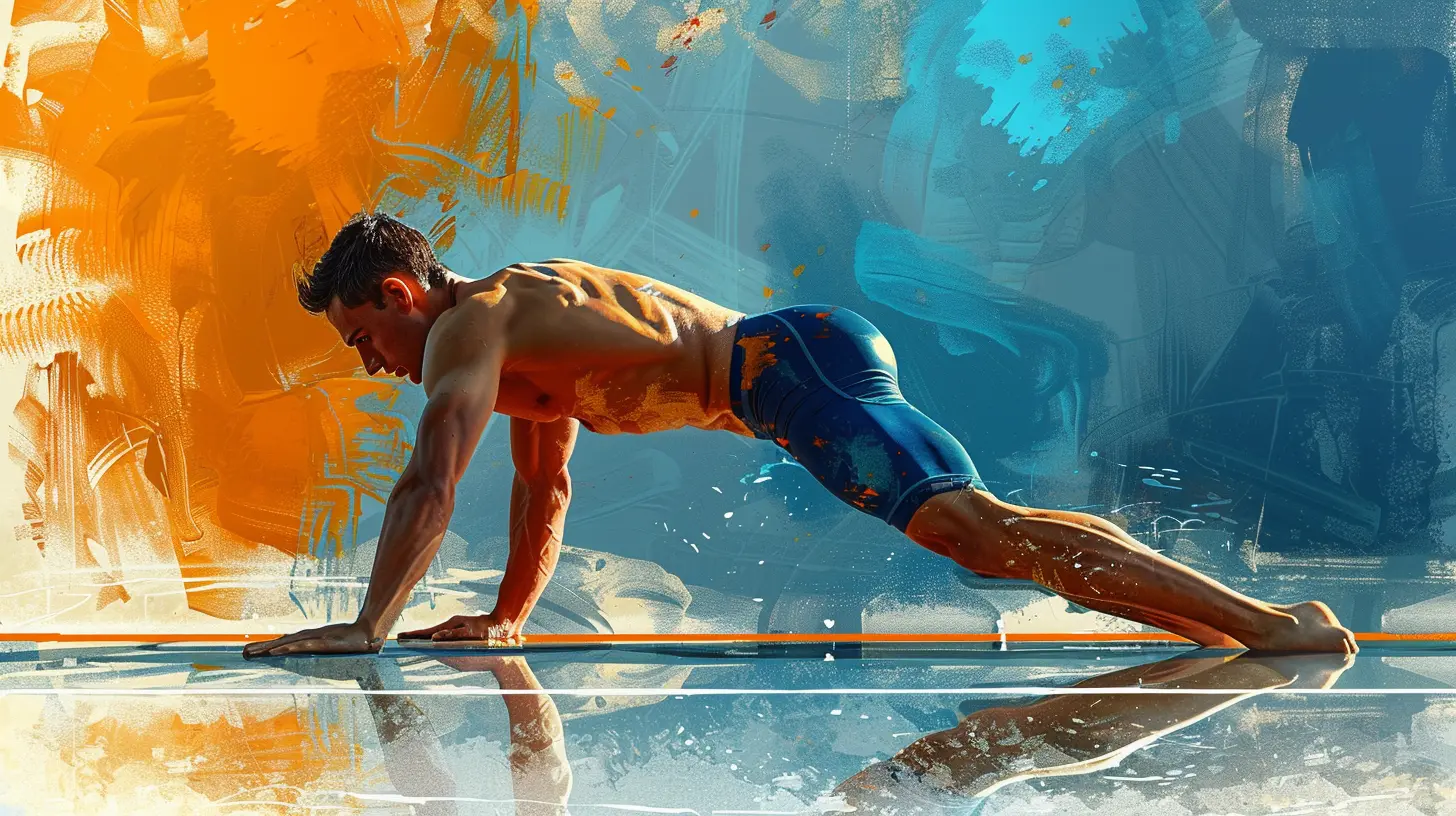Stretching for Swimmers: Enhance Your Range of Motion
19 July 2025
Swimming isn’t just about speed and power—flexibility plays a massive role too. Imagine trying to glide through water with stiff shoulders or tight hips. Doesn’t sound too efficient, right? That’s where stretching comes into play. It’s the unsung hero of every swimmer’s routine, and yet, it often gets overshadowed by flashy workouts and endurance drills.
Whether you're diving into competitive swimming or just enjoying laps at the pool, stretching can be the secret sauce to better performance, fewer injuries, and smoother strokes. So, if you're serious about swimming smarter (not harder), stick around because we're diving deep into how stretching can enhance your range of motion and transform your time in the water.
Why Stretching Matters for Swimmers
Swimming is a full-body workout. It hits everything—from your shoulders and lats to your legs and core. But with all that repetitive movement, your muscles can start to feel like they're wound up tighter than a coiled spring.1. Boosts Range of Motion
Let’s face it, you need a wide range of motion to cut through water like a dolphin. Stretching keeps your joints flexible and your strokes long and smooth.A tight shoulder, for instance, can limit your arm extension, leaving you with short and choppy strokes. But when you're flexible, you move more freely—kind of like a door swinging open smoothly instead of creaking on rusty hinges.
2. Reduces Risk of Injury
Swimmers are no strangers to overuse injuries—hello, swimmer’s shoulder! Regular stretching helps keep those muscles long and loose, reducing strain and imbalances in your body. Think of it like proper maintenance for your car—skip it, and you'll be in the shop (or worse, on the sidelines) before you know it.3. Improves Posture & Alignment
Ever notice your posture getting a little hunched after endless laps at the pool? Tight pecs and hip flexors could be to blame. Stretching balances out muscular tension and helps maintain proper body alignment, both in and out of the water.
Static vs. Dynamic Stretching: Know the Difference
Before you dive into your stretching routine, let’s clear something up: not all stretching is created equal.Static Stretching
This is your classic “hold that stretch for 30 seconds” move. Static stretching is great for after your swim when your muscles are warm and pliable. It helps with recovery and long-term flexibility.Dynamic Stretching
Dynamic stretches involve movement—think arm circles or walking lunges. These are perfect for warming up before a swim. They get your blood flowing, loosen up your joints, and prep your muscles for action._Pro tip:_ Never rely solely on static stretching before a swim. You want to warm up your muscles, not put them to sleep.
Top Stretches for Swimmers (That Actually Work)
Alright, let’s dive into the good stuff. Here are some tried-and-true stretches to boost your range of motion and keep you fluid in the water.1. Shoulder Stretch (Wall Angels)
Muscles worked: Deltoids, rotator cuffStand with your back against a wall, arms bent at 90 degrees like a goalpost. Slowly raise and lower your arms, keeping them pressed to the wall.
This one’s gold for loosening up tight swimmer shoulders. It builds mobility and strengthens those tiny stabilizing muscles most of us forget about.
2. Lat Stretch
Muscles worked: Latissimus dorsiKneel next to a bench or chair. Place your elbows on it and lower your chest toward the floor while keeping your arms straight.
Your lats are powerhouses in every stroke, especially freestyle and butterfly. Keeping them loose means better reach and stronger pulls.
3. Hip Flexor Stretch
Muscles worked: Hip flexors, quadsLunge forward with one foot, dropping your back knee to the ground. Press your hips forward gently and hold.
Strong hips make for more efficient kicks. But tight hip flexors? They limit your range and make flutter kicks feel like you’re swimming through molasses.
4. Pectoral Stretch
Muscles worked: ChestStand in a doorway, place your forearms on the frame at shoulder height, and step through slowly till you feel a stretch across your chest.
This one’s excellent for countering the forward posture swimmers develop. Open up those pecs and give your shoulders room to breathe.
5. Hamstring Stretch
Muscles worked: HamstringsSit on the ground, stretch one leg out, and reach for your toes with a straight back. Switch sides after 20-30 seconds.
Tight hamstrings can mess with your kick and body alignment. Looser hammies mean smoother hip movement and better overall form.
Best Times to Stretch for Maximum Benefit
Timing is everything. Here's when you should be fitting stretching into your routine:1. Pre-Swim (Dynamic Stretching):
- Arm swings- Leg swings
- Shoulder rolls
- Torso twists
Keep the body moving. Think of it like greasing the gears before a ride.
2. Post-Swim (Static Stretching):
- Focus on major muscle groups used during swimming- Hold each stretch for 20-30 seconds
- Breathe deeply and relax into each position
This is where the magic happens for long-term flexibility and recovery.
3. Off Days or Before Bed:
Stretching during rest days or as part of a nighttime routine can help your muscles recover and improve flexibility without the pressure of a workout session.How Often Should Swimmers Stretch?
Consistency beats intensity. You don’t need to turn every stretch into a full-blown yoga class. Just 10-15 minutes a day can work wonders. Ideally, aim to stretch:- Daily: If you’re training regularly
- Before and after swim sessions: For peak performance and recovery
- On rest days: To stay limber and help your muscles repair
Common Stretching Mistakes (And How to Avoid Them)
We all mean well, but sometimes our stretches end up doing more harm than good. Watch out for these common mistakes:1. Stretching Cold Muscles
Stretching before warming up is like pulling on a frozen rubber band—it’s more likely to snap. Get the blood flowing with light cardio or dynamic moves first.2. Rushing Through the Stretch
If you bounce or pull too quickly, you're not doing yourself any favors. Hold each position long enough for your muscles to relax into the stretch.3. Skipping One Side
Always stretch both sides of your body evenly—even if one feels tighter than the other. Balance is key, especially in a sport that requires symmetrical strength and motion.4. Holding Your Breath
Breathing helps your muscles relax. Inhale through your nose, exhale through your mouth, and sink deeper into the stretch. It’s like a mini meditation.Mobility Tools That Can Take Your Stretching to the Next Level
Sure, your body is your best tool—but a little assistance never hurts. These handy gadgets can make your stretching more effective:Foam Rollers
Perfect for self-myofascial release. Roll out tight lats, IT bands, and back muscles to release knots and improve movement quality.Resistance Bands
Great for adding a little tension to your stretches, especially if you're working on shoulder or hip mobility.Massage Balls
These can target those tiny, stubborn knots a foam roller can miss—ideal for shoulders, glutes, and under the feet.Stretching Isn’t Just for Elite Swimmers
You don’t need Olympic goals to benefit from stretching. Whether you're heading to your local pool for a few laps or swimming competitively, flexibility helps you move better, feel better, and swim longer without pain.Let’s put it this way—flexibility gives you freedom in water. Your body becomes more like a wave than a brick, moving effortlessly instead of fighting resistance at every turn.
So, if you've been skipping the stretch, now’s a great time to change that. Just a few extra minutes a day can be the difference between feeling stiff and swimming silky smooth.
Final Thoughts
Stretching for swimmers isn’t just a “nice-to-have.” It’s an essential part of training that enhances your range of motion, improves performance, and keeps those nagging injuries at bay. Plus, it feels downright good once you get into the habit.Flexibility might not win you gold medals by itself, but it’s definitely part of the winning formula.
So go ahead—give your muscles the TLC they deserve. Your body (and your lap times) will thank you.
all images in this post were generated using AI tools
Category:
StretchingAuthor:

Nelson Bryant
Discussion
rate this article
1 comments
Cynthia McLanahan
Great tips! Stretching can truly elevate performance and prevent injuries. Keep swimming strong!
August 1, 2025 at 2:59 AM

Nelson Bryant
Thanks for the encouragement! Stretching is indeed vital for all swimmers. Keep pushing your limits!


